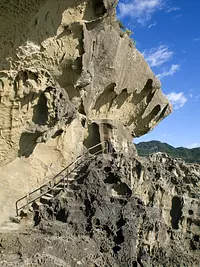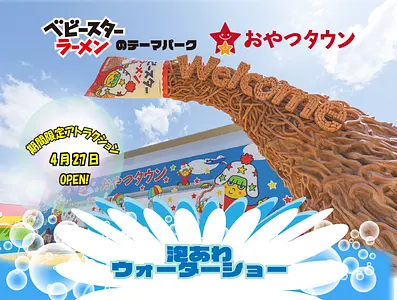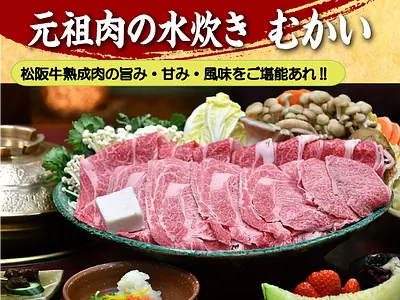At the 26th exhibition at the Mie Prefectural Museum (MieMu), ``Connecting the enthusiasm of the 1960s to the future - looking back on 60 years of history through events'', we took a look at nostalgic objects, videos, and photos from the 1960s.
掲載日:2020.01.06
The 26th special exhibition at the Mie Prefectural Museum (MieMu) will be held until February 24, 2020 (Monday), ``Connecting the enthusiasm of the 1960s to the future ~ Looking back on 60 years of progress through events ~'' , we look back on the various changes that occurred in Mie Prefecture in the 1960s, using nostalgic objects, videos, and photographs, from various perspectives such as vehicles such as trains and automobiles, buildings, the Olympics, the environment, and tools of daily life.
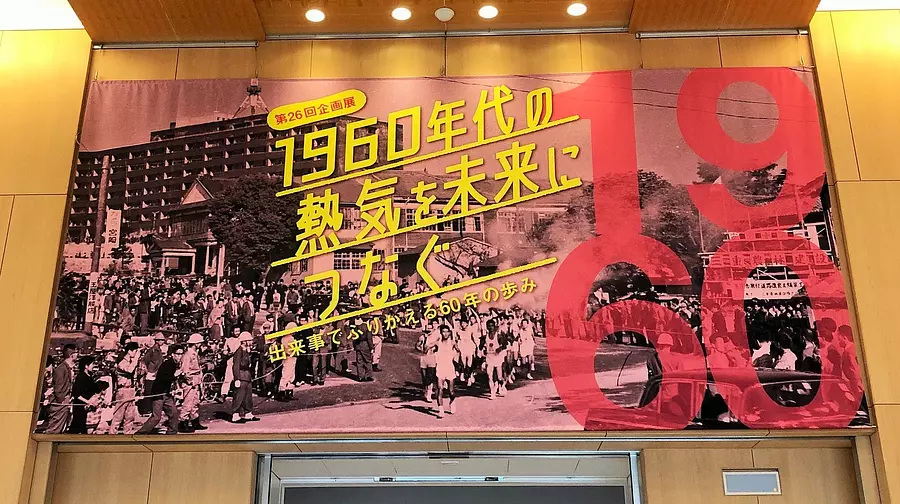
What do you think of when you hear the word 1960s?
``Tokyo Olympics'', ``high economic growth'', ``Opening of Tokaido'', ``the advent of color television'', ``spread of private cars'', ``The Beatles' visit to Japan'', ``hippie boom'', ``Start of Ultra Series broadcasting''...・And so on, the answers may vary.
This 1960s exhibition looks back on the turbulent 1960s, when such various "events" occurred, from a variety of perspectives such as vehicles, buildings, the Olympics, the environment, and everyday tools, and allows you to feel the "excitement" of the time. It seems that it is.
So, I went to see it right away and would like to report on the contents of the exhibition.
Let's travel back in time to the 1960s!
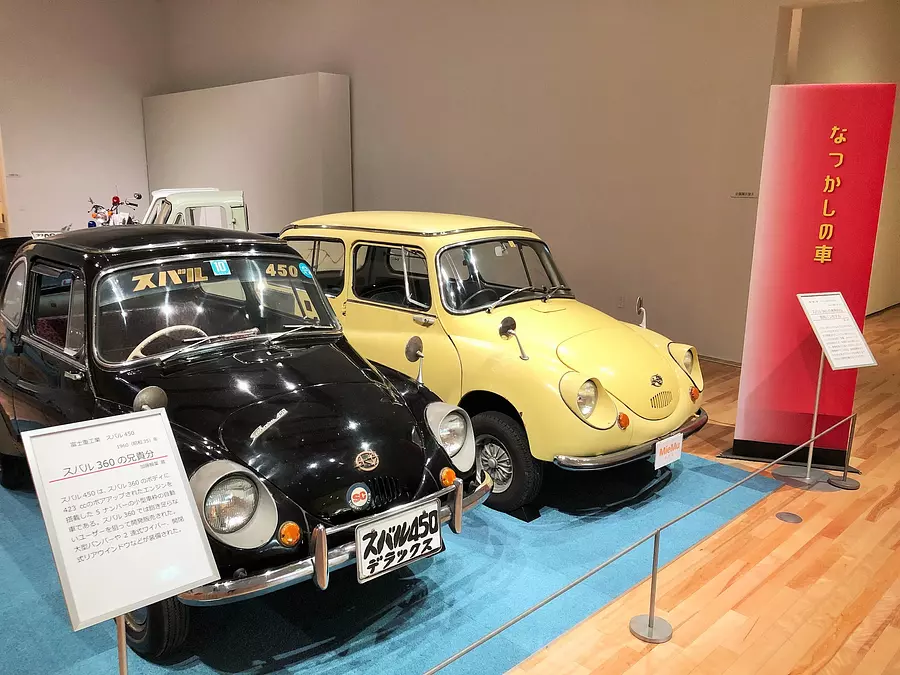
The "chubby" form is cute. Because of its appearance, it was called the "ladybug" at the time.
The 1960s was a time of great progress in motorization, and cars were manufactured with a variety of innovations.
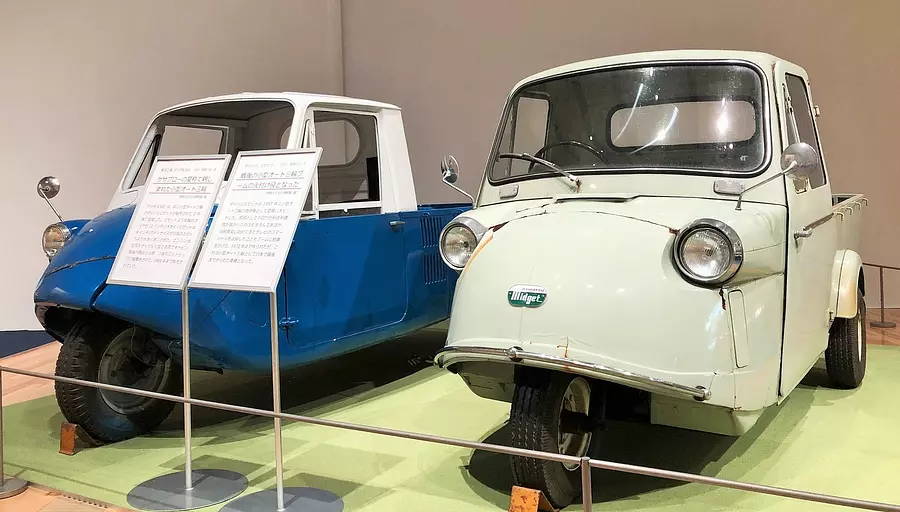
Do children these days know that there were three-wheeled cars? Children may be surprised when they see this, as the image that cars = four wheels has become firmly established.
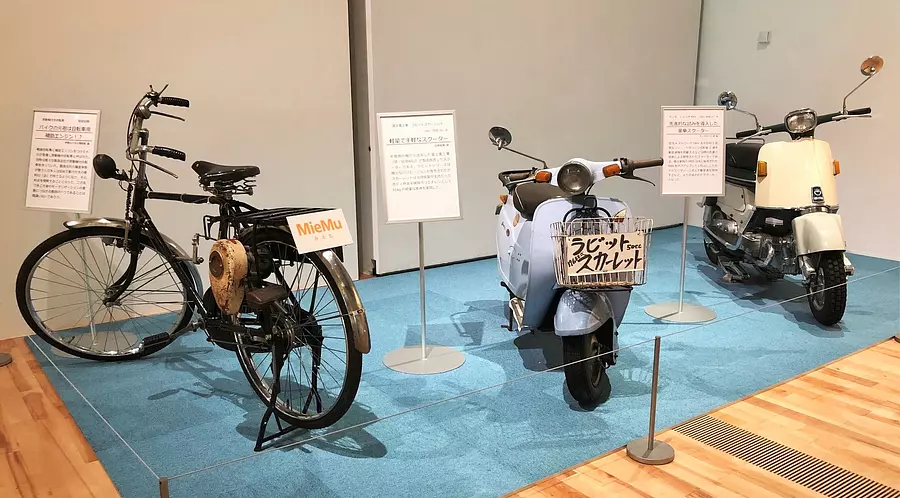
The one on the left side of the photo is a bicycle... This is a bicycle with an auxiliary engine (so-called "moped bicycle"), and can be said to be the origin of motorcycles.
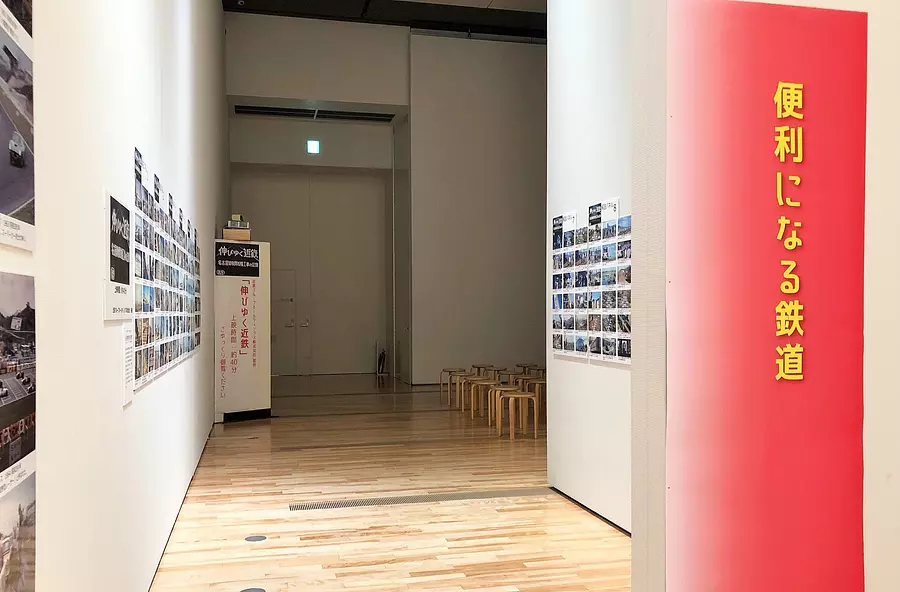
Just as automobiles became a more familiar means of transportation, leading to the "private car boom," railways also became more convenient during this time.
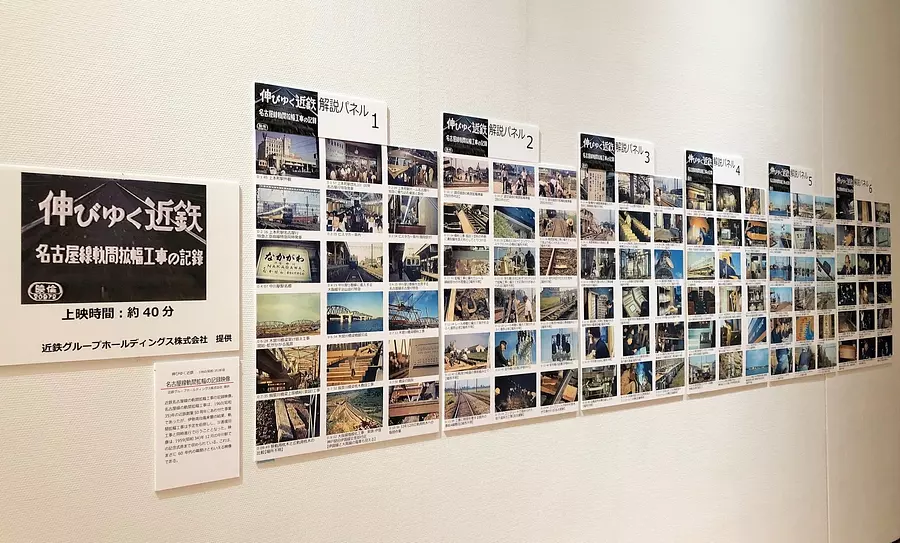
The running time is a bit long at 40 minutes (!), but if you miss any scenes, there are explanation panels all over the place, so enjoy it to the best of your ability.
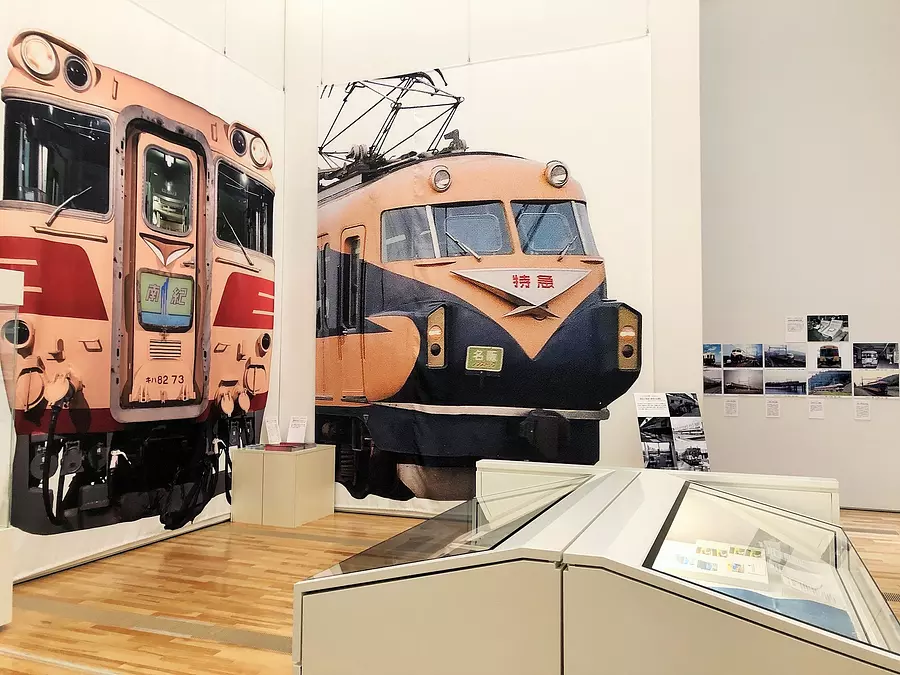
A truly “moretsu exhibition”! !
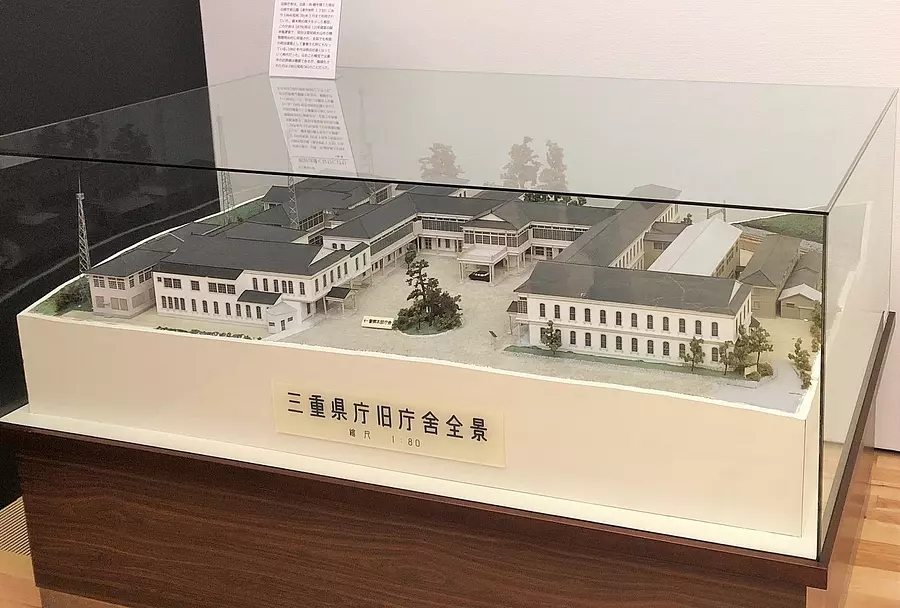
The old government building was completed in 1888, and its overall structure was Western-style, and it must have been very stylish for a prefectural office built at that time.
This stylish old government building served for the development of Mie Prefectural government for more than 84 years, but in 1962, the current government building was built and the old government building was demolished.
However, the old government building was later relocated and restored to Meiji Village (Inuyama City, Aichi Prefecture), and in 1962 it was designated as an important cultural property, where it has been preserved and opened to the public to this day. Congratulations! Congratulations!
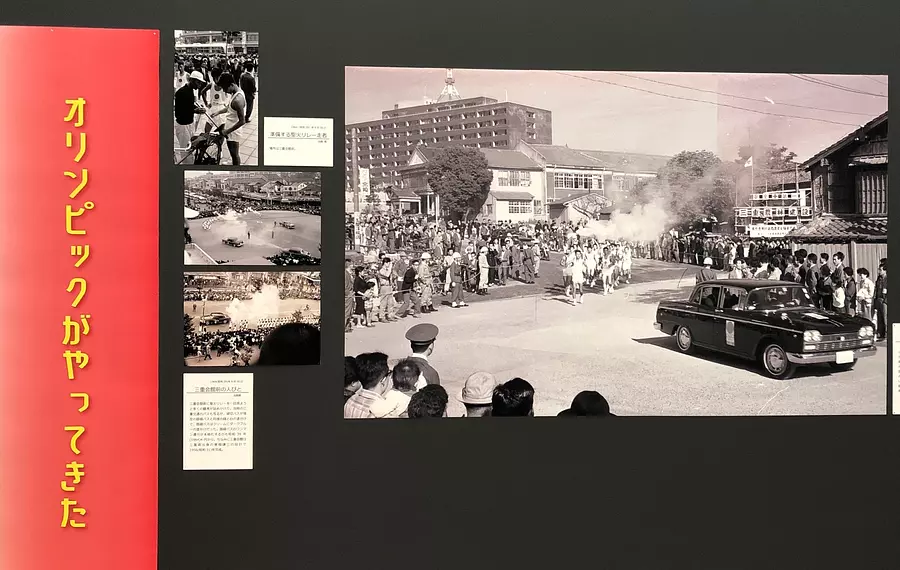
The large photo panel shows the torch relay in front of the Mie Prefectural Office. The torch was taken over from Shiga Prefecture on September 30, 1964, crossed Suzuka Pass, passed through Kameyama, stayed overnight at the prefectural office in Tsu, and the next day (October 1), passed through Suzuka → Yokkaichi → Kuwana, and finally reached Gifu in Tado. Apparently it was taken over by the prefecture.
I'm looking forward to seeing what kind of course the next torch relay will take.
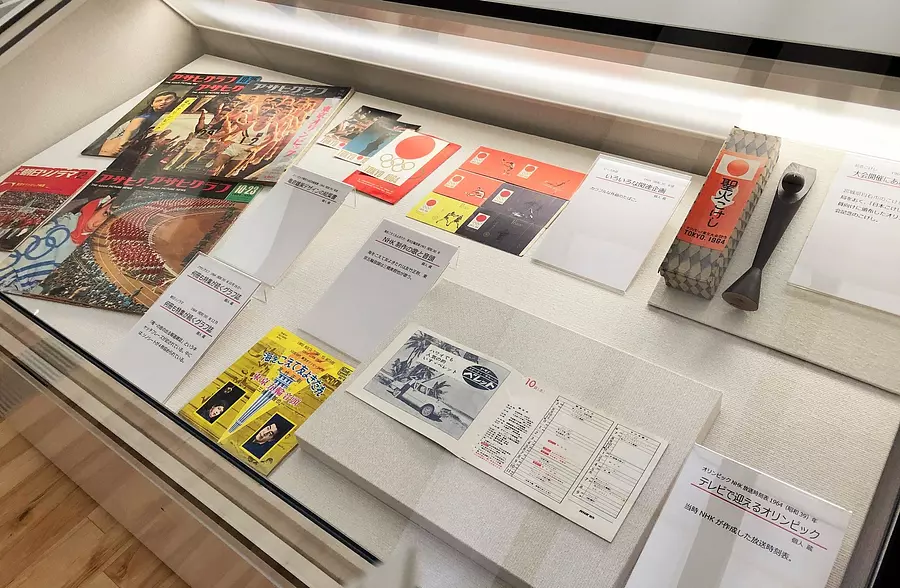
The excitement surrounding the Olympics being held in Japan remains the same as ever.
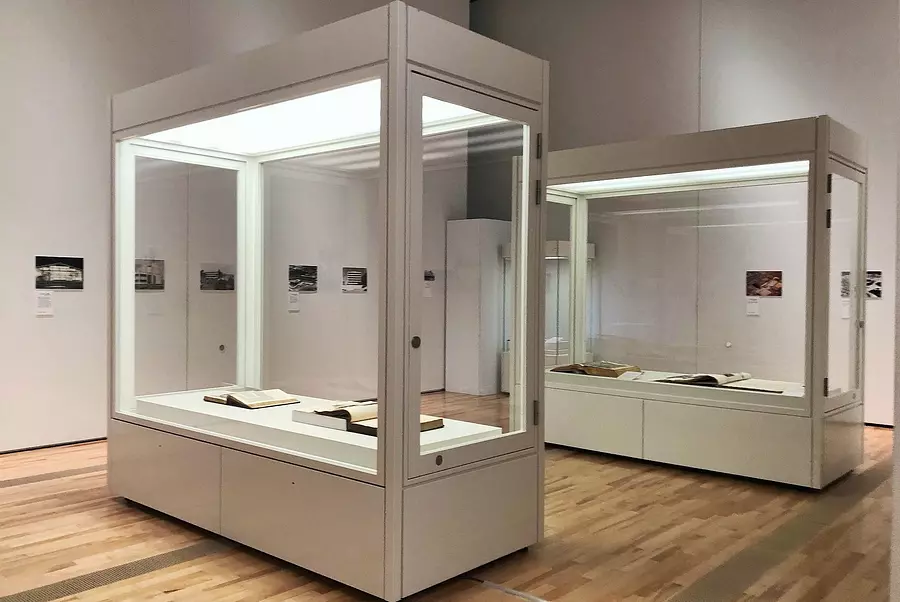
It introduces Kenzo Higashihata, an architect from Mie Prefecture, and the buildings he designed, as well as buildings in Mie Prefecture from the 1950s to the 1970s.
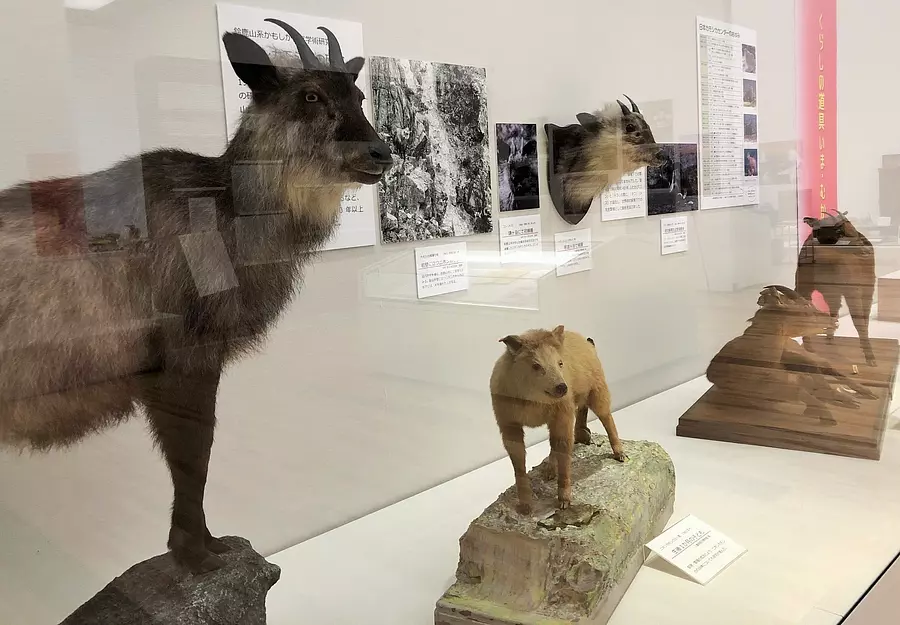
What does the 1960s have to do with antelopes? However, in 1960, the Suzuka Mountain Range Kamoshika Preservation Academic Research Group was established, and in 1965, the prefecture succeeded in completely breeding Japanese serows in captivity (a world first!). This seems to be a time when research has made great progress.
By the way, the serow is designated as the "prefectural animal" of Mie Prefecture.
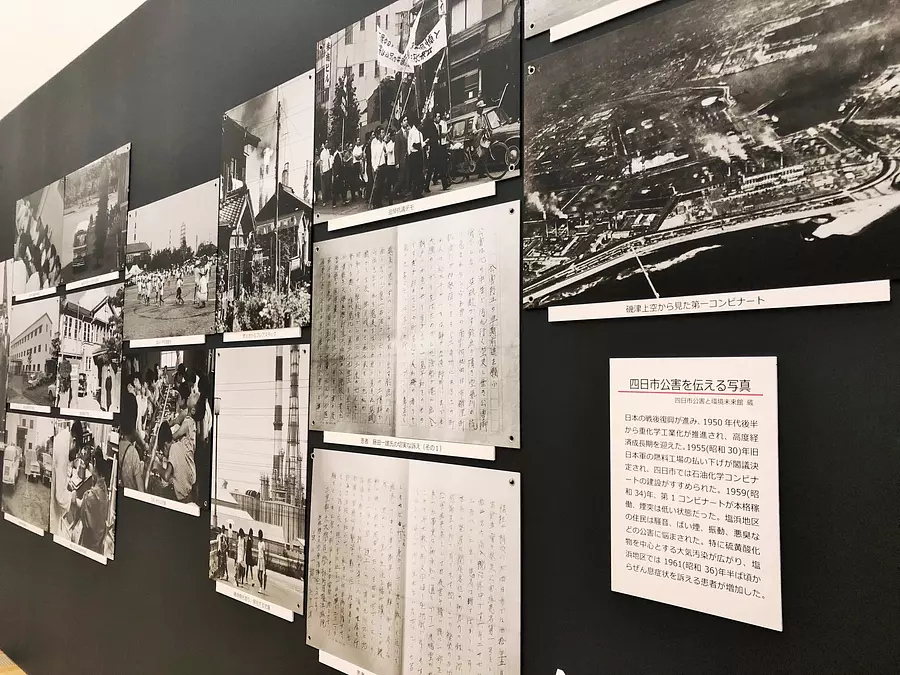
At this exhibition, photo panels covering one wall were on display, depicting Yokkaichi pollution, one of the four major pollution diseases.
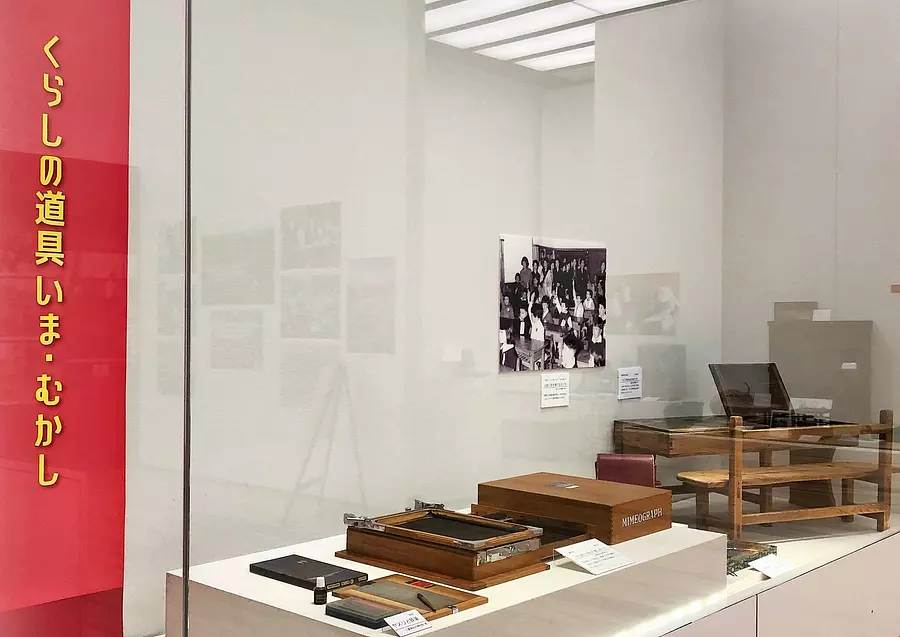
At this time of year every year, the Mie Prefectural Museum holds an exhibition that goes along with the ``Old Tools and Lifestyle'' that is taught in social studies classes at elementary schools, and this time too they are exhibiting everyday tools to support that learning. .
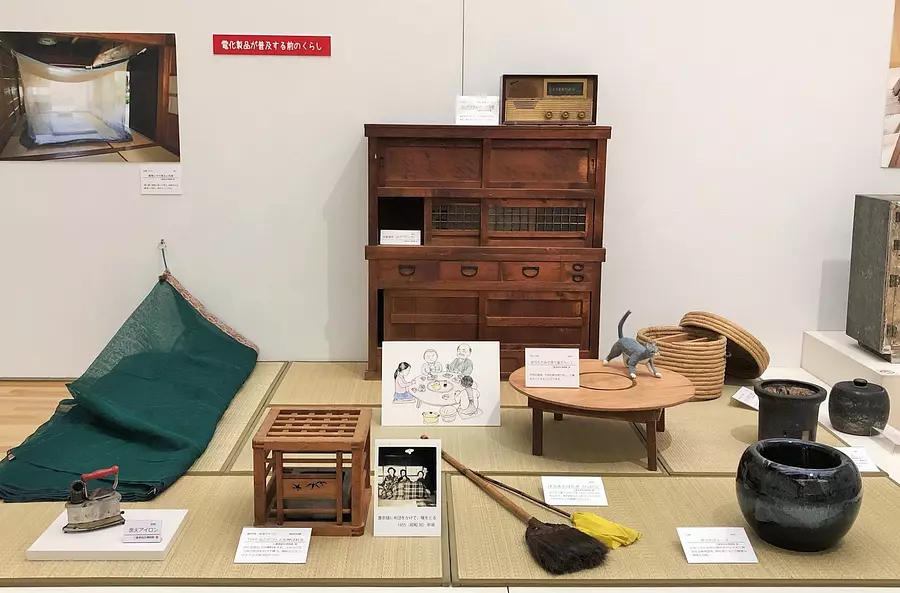
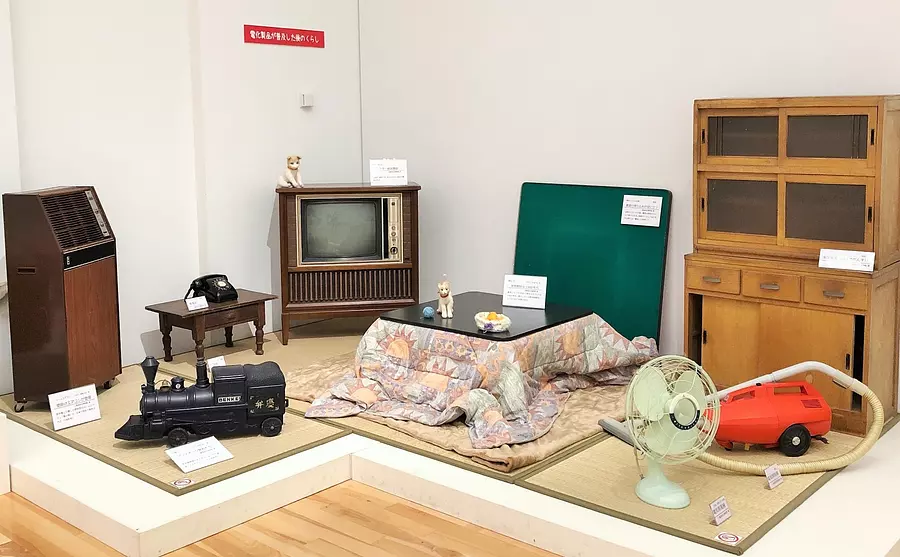
It is obvious at a glance how much the spread of electrical appliances has changed lifestyles.
And opinions seem to be clearly divided by generation. When I asked one viewer who was born in the Heisei era, he said, ``Now that I think about it, some of the things I felt like were at my grandmother's house when I used to go there, and there were also a few things that I had only just learned of their existence.'' It was about.
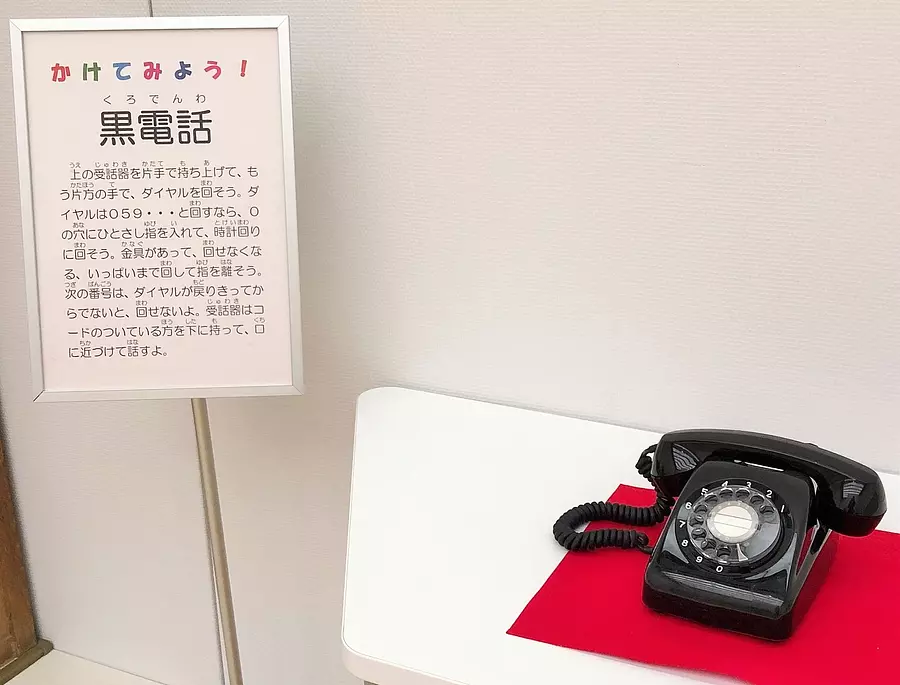
Will young people be able to use it correctly? ?
(Don't worry, there will be a proper explanation)
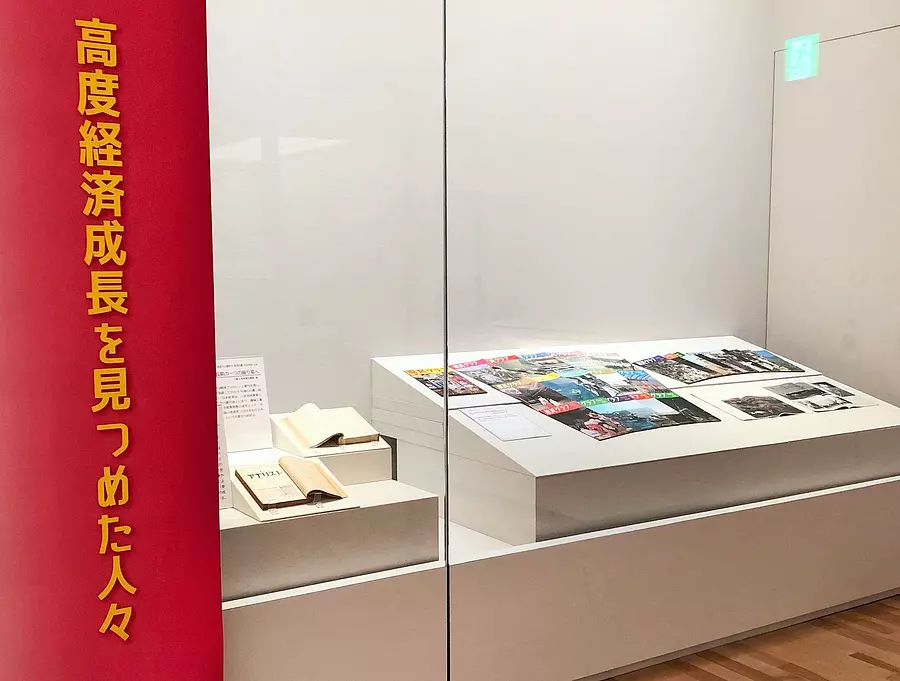
In response to the plan to double national income, Mie Prefecture has also drawn up a long-term economic plan aimed at developing the prefecture and stabilizing the lives of its citizens. There are materials on display that show the development plans at the time, and to be honest, it's difficult...I learned a lot!
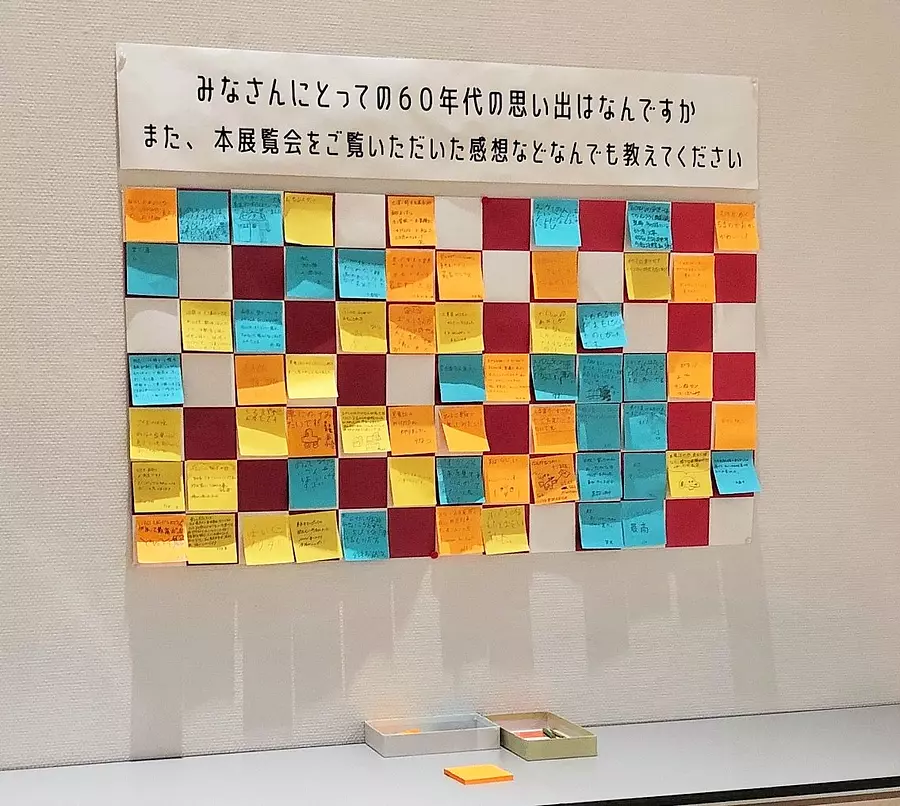
In addition to writing down your own experiences, it's also fun to see what other customers think and discover unexpected things. (When I looked at a comment that seemed to have been written by a small child, she said, ``I was surprised to see three tires on the car.'' You'd be surprised, after all!)
This exhibition will bring a sense of nostalgia to adults and (may) shock children.
Impressions will vary not only between generations but also depending on the lifestyle of each viewer. I think there are many ways to enjoy it, such as watching it while talking about memories with family and friends, or just watching it alone and being moved by it.
It's 2020 and the Olympics are finally here! We tend to focus on what lies ahead, but why not take a moment to stop and think about what happened in the past?
[Exhibition details]
26th Special Exhibition “Connecting the enthusiasm of the 1960s to the future ~Looking back on 60 years of progress through events~”
The 1960s was a time of dramatic changes in Japan's lifestyle and society due to rapid economic growth. In this exhibition, we look back on the various changes that occurred in Mie Prefecture during this period, using nostalgic objects, videos, and photographs, from various perspectives such as vehicles such as trains and automobiles, buildings, the Olympics, the environment, and tools for daily life. .
During the period, lectures, gallery talks, and related events will be held. Please come with your family and friends.
Event period: From December 21, 2019 (Saturday) to February 24, 2020 (Monday, Shinkyu)
*Closed every Monday (or the next day if Monday is a holiday)
Event time: 9:00 to 17:00
*Admission is until 30 minutes before closing.
Venue: Mie Prefectural Museum (MieMu) 3rd floor special exhibition room (3060 isshinden TsuCity)
Admission fee: 500 yen for adults, 300 yen for students, free for high school students and younger
Homepage: http://www.bunka.pref.mie.lg.jp/MieMu/
Facebook: https://www.facebook.com/mie.pref.museum
Twitter: https://twitter.com/mie_pref_museum
Mie Prefectural Museum “MieMu”
059-228-2283
[Basic exhibition]
Adults: 520 yen, university students and vocational school students: 310 yen, high school students and under: Free
Special exhibitions require a separate viewing fee.
9 a.m. to 5 p.m.
*Entry to the exhibition room is until 4:30 p.m.
Every Monday (the next day if Monday is a holiday)
Year-end and New Year holidays (December 29th to January 3rd)
Yes (free)
From Tsu Station, take the train bound for Sogo Bunka Center/Yumegaoka Danchi (system number 89)
Sogo Bunka Center Mae/Sogo Bunka Center getting off immediately
・About 20 minutes from Ise Expressway "Geino IC"
・About 10 minutes from Ise Expressway "Tsu IC"
| Category | |
|---|---|
| season | |
| area |

